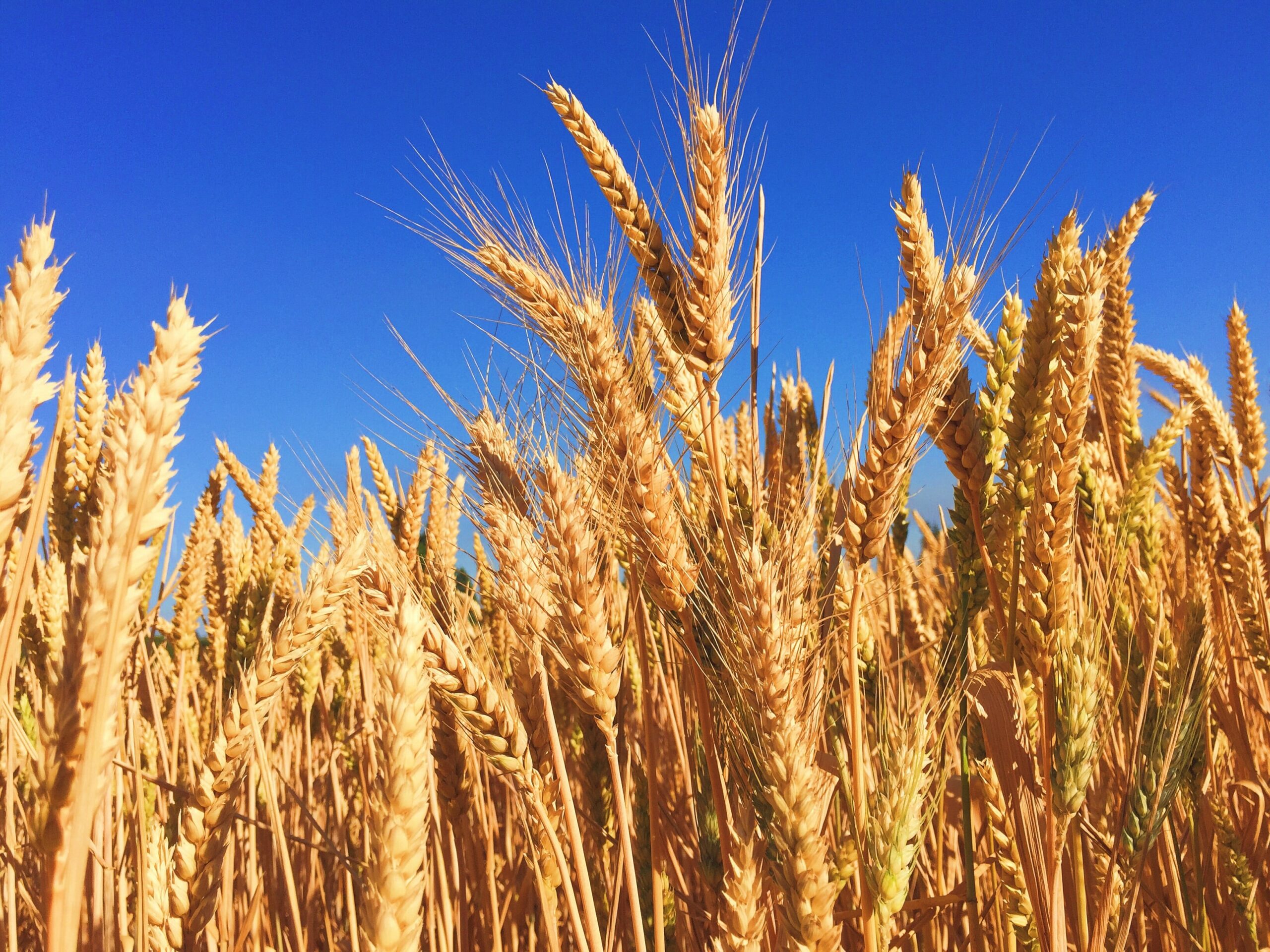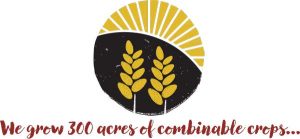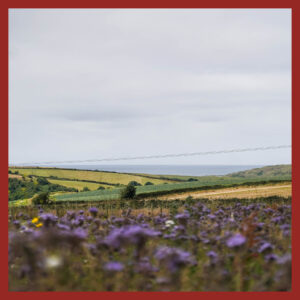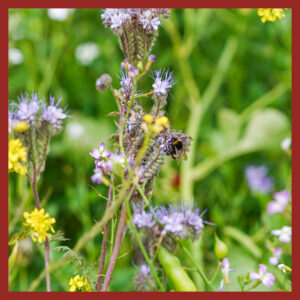We are a commercial farm, growing over 300 acres of combinable crops.
We grow wheat, barley and oats, which are used to make our chicken feed.
20 acres of permanent grass is used for keeping sheep over winter and we make 3000 small bale hay and haylage in the summer.
We also bale 6000 small bales of straw, which we sell locally.
We rotate the crops around the fields to reduce our weed and pest burden, and we also contract some of the fields out for growing cabbage and potatoes. We are keen to build up organic matter in the soil by using locally sourced compost and manures. We spread over 1500 tonnes of this every year, on top of our chicken manures, and we really believe this helps the soil structure. We are looking at the long term benefit to our most important asset – the soil!
Alongside our more intensive farming, we have areas of conservation. Each field has a wildlife margin by the hedge, and we also put cover crops in fields which are not in production. We dug a pond in the late 1980’s at the bottom of the valley, we’ve planting small copses of trees in field corners, and just recently we planted a double row of trees over 100 meters long to create a new wildlife corridor on the farm. Hopefully we have enhanced the wildlife habitat and diversity over the years.
We trim the field hedges every other year, leaving some growth by the hedge, which helps to thicken the hedge and create cover for wildlife and birds.
We are actively growing cover crops on the range to encourage beneficial bees and insects at the farm, which will naturally reduce the pest burden on our crops. It’s a great feeling to see and hear the amount of wildlife on the farm, and be it skylarks, lapwings, deer, or the blackbirds digging worms out of the veg patch, they are all benefiting from the work we are doing to farm as sustainably as possible.











